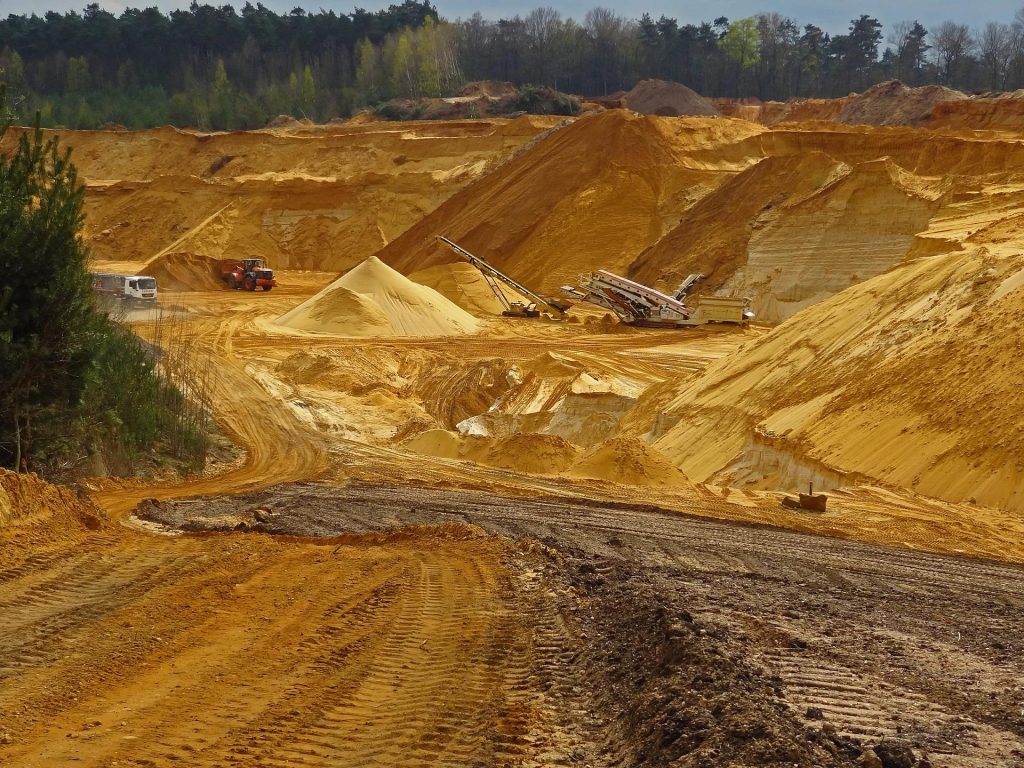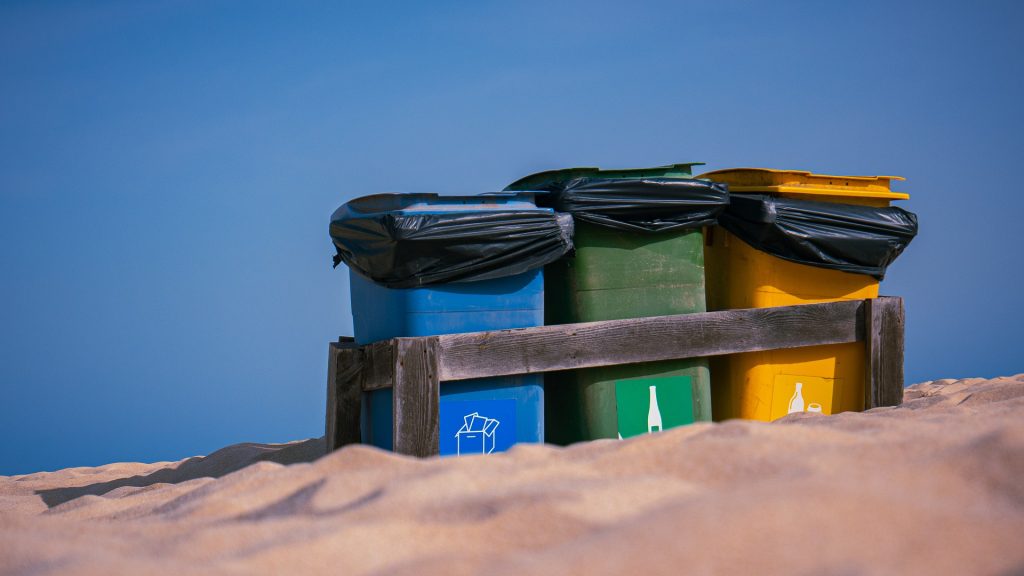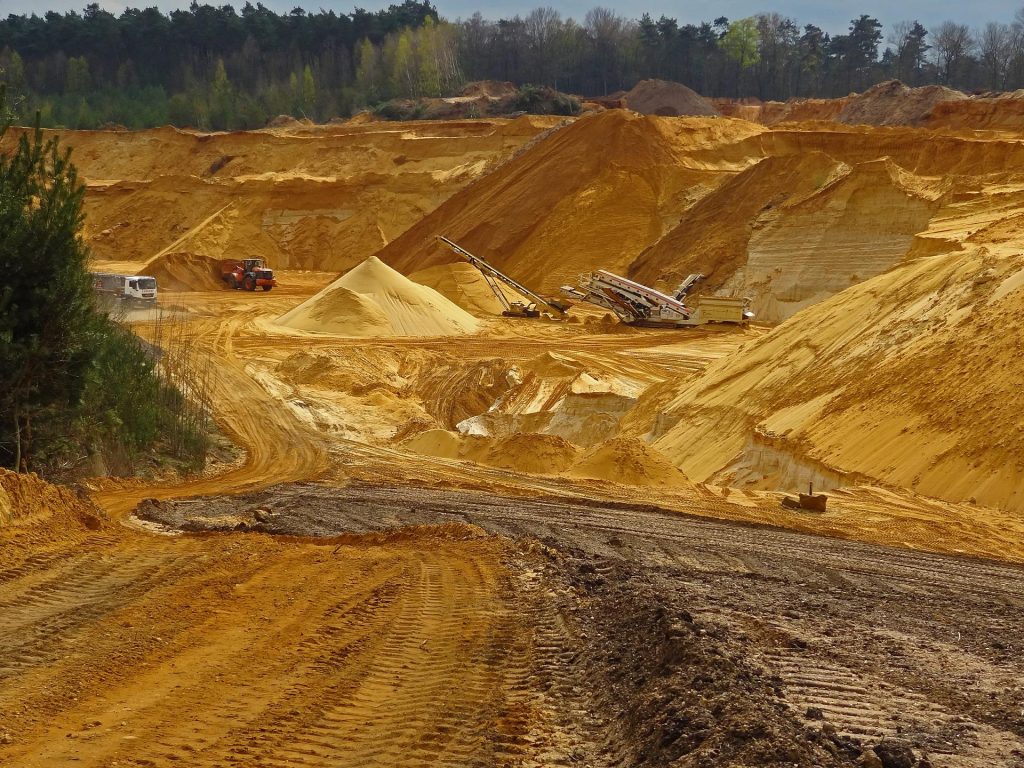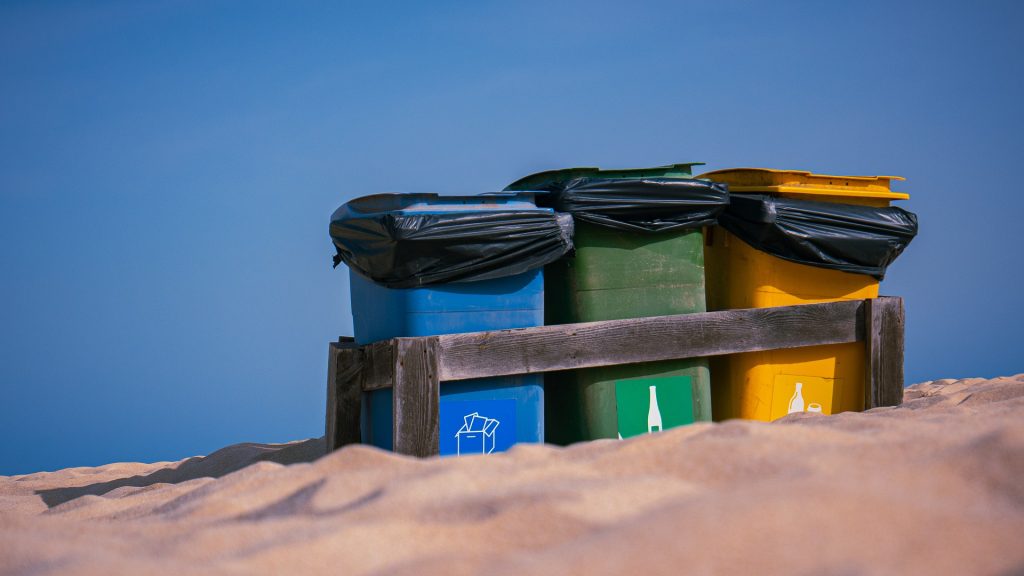Kari Lilja, TkT, Erikoistutkija; Sirpa Sandelin, TkT, Yliopettaja
English version (Click the link)
Vuonna 2014 YK:n ympäristöohjelma UNEP julkaisi ensimmäisen hiekkaraporttinsa. Vaikka raportissa selkeästi osoitettiin, että hiekan käyttö maailmassa on kasvanut sellaisiin mittasuhteisiin, että hiekka uhkaa loppua maailmasta, raportti ei juuri herättänyt huomiota. Siitä uutisoitiin useimmiten palstan pikku-uutisilla, joiden sävy saattoi olla ”Onhan Saharassa hiekkaa, heh heh…”. Kestävän kehityksen teemaksi uhkaava hiekkapula ei juuri noussut eikä raportti saanut maailmanlaajuista huomiota, vaikka hiekka on eniten käytetty kiinteä materiaali. On arvioitu, että lähivuosina hiekkaa käytetään yli 50 miljardia tonnia vuodessa.
Ilmastonmuutos uhkaavine tulvineen, myrskyineen ja sukupuuttoineen lienee ollut mediaseksikkäämpi aihe.
Raportin julkaisemisen jälkeen hiekkapula on palannut uutisotsikoihin harvakseltaan. Suurimmat aiheeseen liittyvät otsikot ainakin Suomessa on kirvoittanut hiekkaan liittyvä väkivalta, mafiakytkökset ja hiekan laiton ryöstölouhinta.

Vuonna 2019 YK:n neljäs ympäristökokous (UNEA-4) hyväksyi UNEA:n päätöslauselman 4/19 mineraalivarojen hallinnosta (Mineral Resource Governance), jonka erityisenä huolenaiheena oli hiekka. Lisäksi luonnonsuojelujärjestöt ovat vaatineet meren ja rannikon hiekkavarojen kiireellistä alistamista keskitettyyn maailmanlaajuiseen hallintaan.
Tänä vuonna UNEP on julkaissut uuden raportin (https://www.unep.org/resources/report/sand-and-sustainability-10-strategic-recommendations-avert-crisis). Raportissa todetaan, että hiekka on strateginen materiaali, jota tarvitsevat kaikki maat ja useimmat talouden ja teollisuuden alat. Hiekka on tärkeässä roolissa, kun rakennetaan infrastruktuuria; sairaaloita, kouluja, liikenneväyliä jne., mutta hiekkaa tarvitaan myös asuntorakentamisessa, maanviljelyssä, metalliteollisuudessa… Käyttökohteita on lähes rajattomasti. Tähän saakka hiekkavarannot ovat olleet helposti hyödynnettäviä, mikä on johtanut huolettomaan käyttöön ja tuhlaukseen. Vanhojen varantojen ehtyessä on jouduttu ja joudutaan etsimään uusia hiekan lähteitä ja siirtymään ekologisesti herkemmille alueille. Merten matalikoille, joen penkkoihin ja pohjiin…
Hiekanoton luonnolle aiheuttamat vahingot moninkertaistuvat.
On arvioitu, että kaupunkiväestön osuus maailman väestöstä kasvaa yli 68 prosenttiin vuoteen 2050 mennessä. Tämä johtaa siihen, että kaupunkien täytyy kasvaa. Tarvitaan lisää asuntoja ja lisää infrastruktuuria. Lisää hiekkaa. Kaupunkien laajeneminen on jo sinällään uhka ympäröiville ekosysteemeille. Hallitsematon hiekan otto vaarantaa luonnon monimuotoisuutta, lisää eroosion riskiä etenkin rannikoilla ja uhkaa pohjavesikerrostumia.

Vuoden 2022 raportti sisältää 10 ratkaisukeskeistä suositusta lähestyvän hiekkakriisin torjumiseksi. Suosituksiin on liitetty ne kestävän kehityksen tavoitteet, joihin kukin suositus raportin laatijoiden mielestä pyrkii vastaamaan (käännökset pyritty saamaan suomalaista käytäntöä vastaaviksi):
- Tunnusta hiekka strategiseksi resurssiksi (SDG:t 2, 6 – 15).
- Huomioi paikalliset näkemykset oikeudenmukaisesta ja hiekan käytöstä (SDG:t 1, 8, 10, 16, 17).
- Ohjaa ajattelutapaa uusiutuvan ja kierrättävän tulevaisuuden suuntaan (SDG:t 8, 9, 11, 12).
- Yhdistä toimintatavat ja oikeudelliset puitteet strategisesti (SDG:t 8, 12, 17).
- Perusta omistusoikeus ja pääsy hiekkavaroihin mineraalioikeuksien ja lupajärjestelmän kautta (SDG:t 12,14,17).
- Kartoita, valvo ja raportoi hiekkavarantoja (SDGG:t 2, 6, 13, 14, 15).
- Luo parhaat käytännöt, kansalliset standardit ja johdonmukainen kansainvälinen viitekehys (SDG:t 9, 12, 14, 15, 17).
- Edistä resurssitehokkuutta ja kierrätystä (SDG:t 9, 11, 12).
- Hanki vastuullista hiekkaa vastuullisista lähteistä (SDG:t 9, 12).
- Ennallista ekosysteemejä ja kompensoi jäljelle jääviä menetyksiä (SDG:t 1, 13, 14, 15).
Olemassa olevien hiekkavarantojen tehokas käyttö ja kierrätyksen lisääminen ovat raportin mukaan välttämättömiä, koska hiekan luontainen uusiutumisaika on satoja tuhansia vuosia. Merissä tai joissa sijaitsevien esiintymien hyödyntäminen taas uhkaa monien lajien kutupaikkoja, altistaa rannikkoa pahentuvalle eroosiolle ja pahimmillaan kääntää jokien virtaussuuntia.
Niin, mutta, onhan Saharassa ja muissa autiomaissa hiekkaa. No, onhan sitä, mutta se ei kelpaa rakenteisiin. Tuhansia vuosia tuulten armoilla ollut hiekka on niin pyöreätä, että rakenteissa käytetyt sidosaineet eivät tartu hiekkaan. Käyttökelvotonta siis.

Jutut myyntimiehestä, joka myy hiekkaerämaan sheikeille hiekkaa, eivät enää olekaan pelkkiä vitsejä vaan totisinta totta.
There is always sand, isn’t there…
In 2014, the United Nations Environment Program (UNEP) published its first sand report. Although the report clearly showed that the use of sand in the world has grown to such proportions that the lack of sand threatens the rest of the world, the report did little to attract attention. It was most often reported in the little news of the column, which may have had the tone “There is sand in the Sahara, heh heh…”. The threatening shortage of sand did not become as a theme of sustainable development and the report did not receive worldwide attention, even though sand is the most widely used solid material. It is estimated that more than 50 billion tonnes of sand will be used per year in the next few years.
Climate change, with its impending floods, storms and extinctions, may have been a more media-sexy topic.
Since the report was published, sand shortage has rarely returned to the news headlines. The biggest related headlines, at least in Finland, have been the violence associated with sand, mafia connections and the illegal plundering of sand.

In 2019, the Fourth United Nations Environment Conference (UNEA-4) adopted UNEA Resolution 4/19 on Mineral Resource Governance, which was of particular concern to sand. In addition, nature conservation organizations have pushed for the marine and coastal sand resources to be urgently subjugated under centralized global management.
This year, UNEP has released a new report (https://www.unep.org/resources/report/sand-and-sustainability-10-strategic-recommendations-avert-crisis). The report states that sand is a strategic material needed by all countries and most sectors of the economy and industry. Sand plays an important role in building infrastructure; hospitals, schools, traffic routes, etc., but sand is also needed in housing, agriculture, the metal industry… Uses are almost limitless. Until now, sand reserves have been easily exploited, leading to carefree use and waste. With the depletion of old reserves, the searching of new sources of sand have had to be moved to more ecologically sensitive areas. To the shallows of the seas, to the banks of the river and to the bottom…
The damages caused to nature by sand extraction will be multiplied.
It is estimated that the share of the urban population in the world population will increase to more than 68% by 2050. This means that cities need to grow. More housing and more infrastructure are needed. And sand! The sprawling of urban cities is in itself a threat to the surrounding ecosystems. Uncontrolled sand extraction endangers biodiversity, increases the risk of erosion, especially along the coasts, and threatens groundwater aquifers.

The 2022 report contains 10 key recommendations for tackling the impending sand crisis. The recommendations are accompanied by the sustainable development goals that each of the report’s authors believe seeks to meet (Oh, yes, the English of the recommendations is quite bureaucratic jargon, thus, if you don’t understand English, do not try to translate the recommendations with Google translator. It will probably not work.):
- Recognise sand as a strategic resource (SDGs 2, 6 – 15).
- Include place-based perspectives for just sand transitions (SDGs 1, 8, 10, 16, 17).
- Enable a paradigm shift to a regenerative and circular future (SDGs 8, 9, 11, 12).
- Integrate policy and legal frameworks strategically (SDGs 8, 12, 17).
- Establish ownership and access to sand resources through mineral rights and consenting (SDGs 12,14,17).
- Map, monitor and report sand resources (SDGGs 2, 6, 13, 14, 15).
- Establish best practices, national standards, and a coherent international framework (SDGs 9, 12, 14, 15, 17).
- Promote resource efficiency & circularity (SDGs 9, 11, 12).
- Source responsibly (SDGs 9, 12).
- Restore ecosystems and compensate remaining losses (SDGs 1, 13, 14, 15).
According to the report, the efficient use of existing sand reserves and the increase in recycling are essential, as the natural recovery time of sand is hundreds of thousands of years. The exploitation of deposits in the sea or in rivers, on the other hand, threatens the spawning grounds of many species, exposes the coast to worsening erosion and, at worst, reverses the direction of river flows.
Yes, but there is sand in the Sahara and other deserts. Well, that’s it, but it’s not valid for construction. The sand, which has been at the mercy of the winds for thousands of years, is so rounded that the binders used in the structures do not stick to the sand. Thus, the sand in the deserts is mostly unusable.

The stories of a salesman who sells sand to sheikhs living at the sand deserts are no longer mere jokes but the truest truth.
Artikkeli on kirjoitettu Euroopan unionin Erasmus+ -ohjelman rahoittamien WWW&CE ja Sustainabuild -hankkeiden puitteissa. Vastuu artikkelissa esitetyistä näkemyksistä on yksinomaan kirjoittajilla.
This article was written in the framework of the WWW & CE and Sustainabuild projects funded by the European Union’s Erasmus + program. The sole responsibility for the views expressed in this article lies with the authors.

